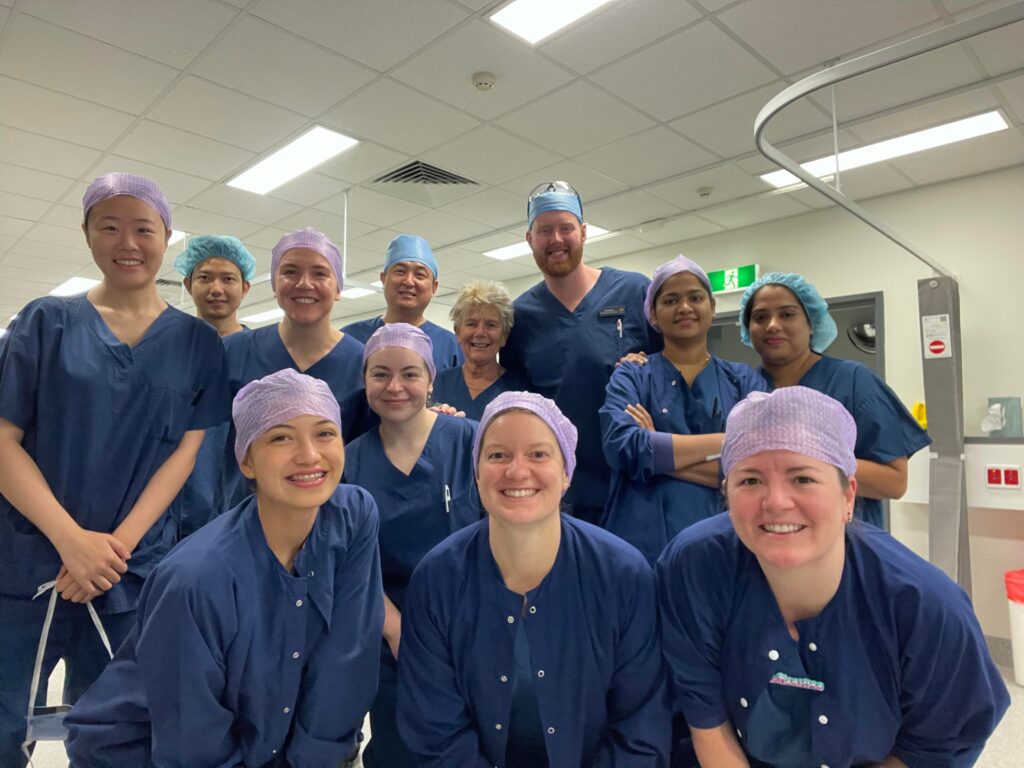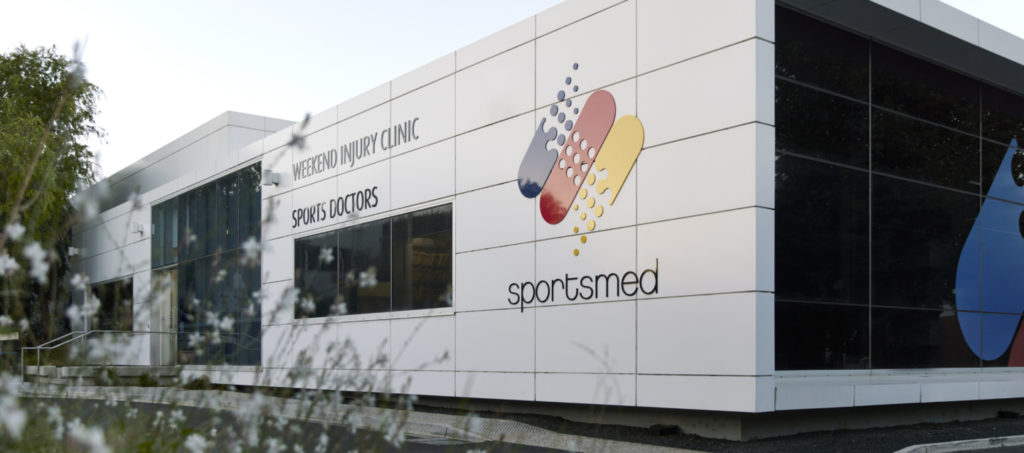Carpal tunnel syndrome is a pain disorder in the hand caused by pressure on the median nerve that travels across the wrist in a tunnel. The bottom and sides of the tunnel are formed by wrist bones, while the top of the tunnel is surrounded by a band of fibrous tissue (transverse carpal ligament). Inside of the tunnel there are tendons that connect muscles to the fingers and thumb and the median nerve.
The median nerve supplies feeling to the fingers on the thumb side of the hand and some muscles in the hand. If there is swelling of the structures in the tunnel then the median nerve can become compressed, ultimately leading to carpal tunnel syndrome.
signs and symptoms
The condition is typically diagnosed when the hand experiences numbness, tingling, pins and needles or general pain in the area supplied by the nerve. This can often occur episodically at night. Clumsiness, weakness and a loss of dexterity can also occur.
common causes
Common causes of carpal tunnel syndrome are increasing age, hand and wrist arthritis, diabetes, obesity and heavy repetitive use. Swelling in the hand caused by trauma, thyroid gland imbalance, pregnancy and menopause can also cause carpal tunnel.
treatment – non-operative
A brace or splint can be worn at night to stop the wrist from bending and to relieve the symptoms. Resting the wrist alleviates swelling and inflammation, and can relieve pressure on the median nerve.
Anti-inflammatory tablets or steroid injections may provide benefit.
treatment – surgery
If conservative treatments do not improve the condition, then surgery may be required.
One of our orthopaedic surgeons can undertake surgery either with local or general anaesthetic. The surgeon will then cut the ligament that forms the roof of the carpal tunnel to relieve pressure on the median nerve. This can be accomplished with a keyhole (arthroscopic) incision, or as an open operation under direct vision.
Patients are able to go home on the day of surgery and it is required to have the support of an accompanying adult in the first 24 hours after day surgery.
recovery
It usually takes up to two weeks before you can return to a regular level of activities. Localised scar tenderness can persist for up to several months. To hasten recovery, one of our hand therapists can supply a rehabilitation program focusing on hand and wrist exercises that will restore muscle strength and joint flexibility. If the nerve has been compressed for a long-time, numbness may persist until the nerve healing is complete.
risks and complications
As with all surgical procedures, carpal tunnel surgery does involve some risks. While your surgeon will take every precaution necessary to minimise risk, complications can occur that may have permanent repercussions.
Some specific risks related to carpal tunnel surgery include:
- Hand stiffness
- Infection
- Nerve irritation or damage
- Scar sensitivity
contact
This fact sheet is a brief overview of a carpal tunnel syndrome, produced by our Shoulder, Elbow, Wrist and Hand Surgeon Dr Nick Wallwork. To make an appointment or enquiry with Dr Wallwork or one of our upper limb specialists, contact 08 8362 7788 or email ortho@sportsmed.com.au.



